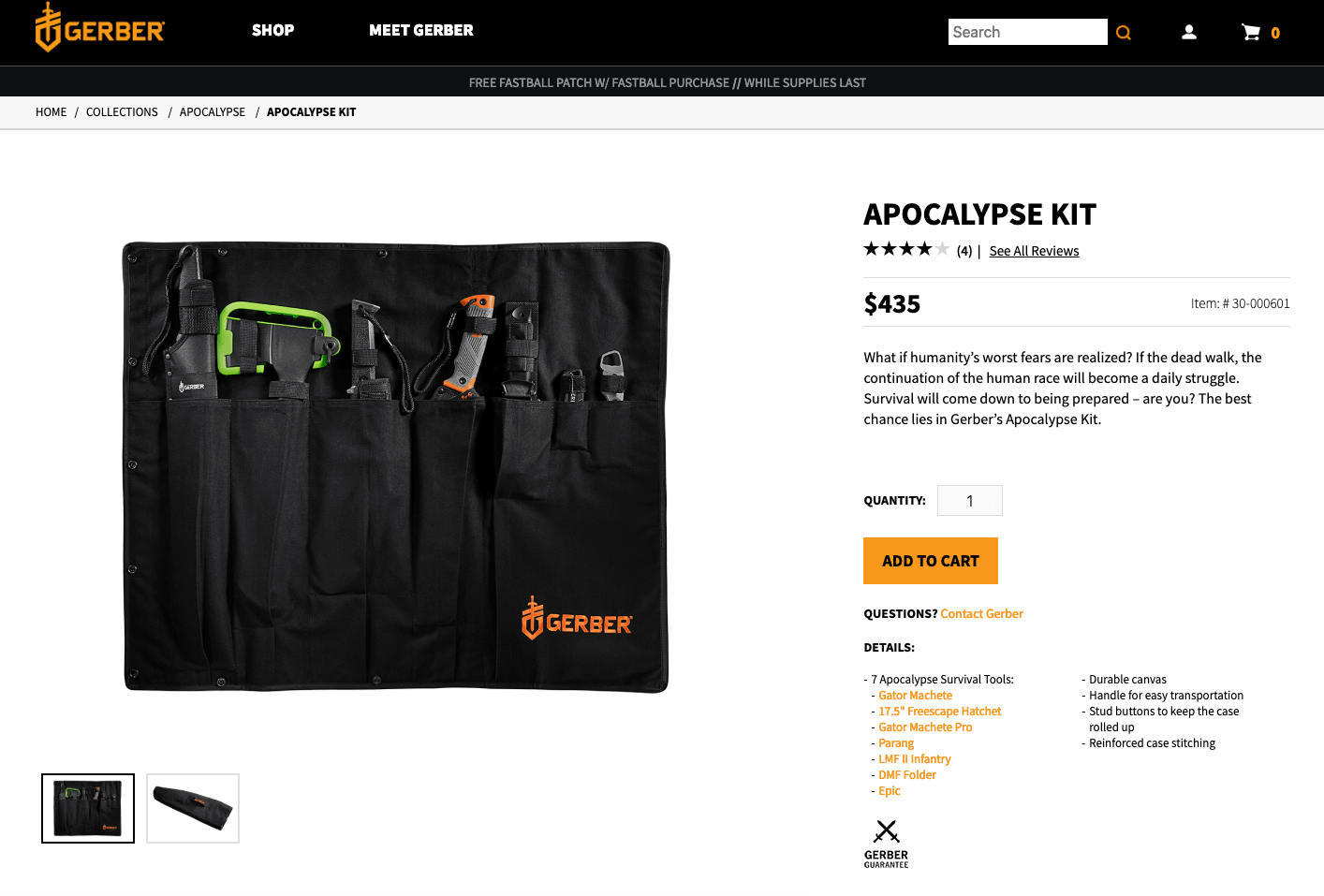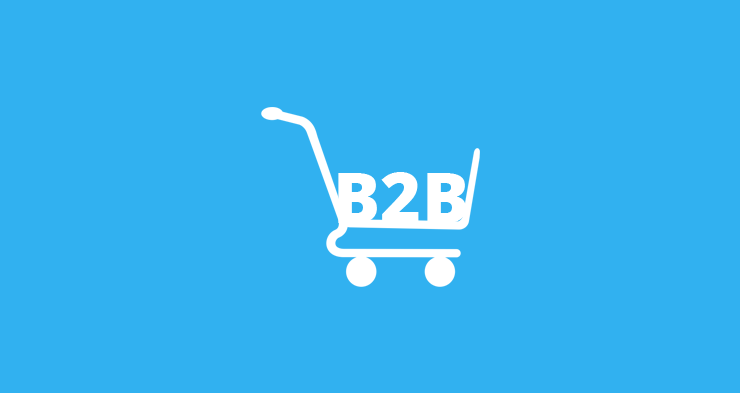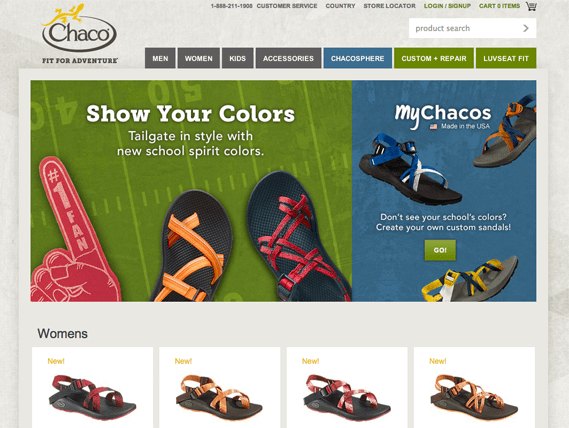When brands try to avoid channel conflict with their retailers, they often sacrifice sales on their ecommerce site. But it doesn’t have to be that way. Here are three ways to turn the problem into a solution.
You think retail is tough, try manufacturing.
Not only do those who design and produce the products have to worry about a steady supply of materials, storage costs, shipping costs, and plant maintenance… they have to keep their sales channels happy.
And that can be a chore.
Here’s the toughest thing: the buyer loves to look for ways to “cut out the middleman”. That creates a major dilemma. For example, one company that’s currently disrupting the men’s grooming industry with this strategy is Harry’s.
What initially started as an online-only shaving subscription service has turned into a massively successful men’s grooming brand that sells their products through an ecommerce store as well as in different big-box retailers such as Walmart and Target.
This company has avoided channel conflict by keeping up a standard price for its products across all sales channels to bypass any price competition between the manufacturer and retailer.
The key is keeping up stability all through your distribution and sales channels. If the manufacturer limits distribution to flow just through retailers and other distributors to the customer, the brand distances itself from the loses sales and marketplace.
In the business school, it is called “channel conflict,” however we call it “opportunity.”
What’s the solution?
In this article, we’ll take a closer look at the different types of channel conflict that occur, and three practical and creative ways to mitigate channel conflict (with examples).
Types of Channel Conflict
Before we get into why channel conflict can seriously impact your business, it’s necessary to understand the different types of conflict that can occur in the distribution channel.
The first and most common type of channel conflict is vertical channel conflict. This occurs when two parties at different points in the distribution channel have a dispute. Causes of vertical channel conflict can include:
- Direct and Indirect Sales – when manufacturers sidestep retailers to sell direct-to-consumer. This can be a typical culprit for vertical conflict since it creates competition between retailers and manufacturers that are selling their brands.
- Oversaturation – when manufacturers permit an excessive number of retailers in a given region to sell their brands. This can ultimately hurt sales and create fierce price competition for retailers.
Next, there’s horizontal channel conflict which happens between two parties at a similar level in the distribution channel. Causes of horizontal channel conflict can include:
- Loss Leader – when one member of the distribution channel significantly lowers the price of a product to drive traffic to their store. This is a tactic retailer use to bring people into their store, then they upsell more expensive products to customers to make back the margin they’re losing on the discounted product. This creates conflict with other retailers because there may be pressure for them to reduce the price of the same product, even if it will have a substantial impact on their profit margin.
- Turf War – occurs when multiple wholesalers or retailers are selling in the same territory. Manufacturers may appoint a few wholesalers to the same region or city, but if territories aren’t properly set, wholesalers will be battling for sales in the same territory.
Lastly, there’s multiple channel conflict which happens when a manufacturer has two channels approaching for sales of the same brand. A manufacturer may be selling their products direct-to-consumer (D2C), while also selling to a wholesaler/retailer. This creates conflict because the manufacturer and retailer may be selling the products to the same markets, but at different prices.
3 Ways to Overcome Channel Conflict
Here are three examples of how your brand can thrill customers by participating in direct-to-consumer sales – without angering or alienating your distributor base.
Product Giveaways
Every consumer loves free stuff. By utilizing this strategy, you can create value for your shopper. “Buy a ski jacket at the regular price, get your choice of gloves free.”
You’re not undercutting your retailers by lowering the price of the jacket. You’re adding value by including extra products.
Your fans will love it, and your sales channels will profit from the additional exposure and marketplace chatter. Many will be attracted by your offer but will go to another website to make the purchase (sans the free stuff) to get a lower advertised price.
Win-win-win: The manufacturer, the consumer, and every member of the sales team.
Here’s an example (see below) from Apple:

Exclusive products
Offer products on your ecommerce site that are exclusive to you. Examples are shoes customized to the buyer’s feet, a unique hydration bottle design, a specially branded tent, or a jacket that can only be purchased on your site.
Exclusive products make a buzz, build demand, and showcase your brand. This strategy avoids channel conflict with your retail outlets and different sellers. That’s because you aren’t legitimately competing against them, and you aren’t underselling them on price.
You’re simply offering a unique product; you’re keeping part of your production in house, but there’s still plenty else to sell.
Chaco (see below) will make sandals to match your school colors. Retailers can’t carry every conceivable combination, but the manufacturer can. It’s a win-win-win situation.
Bundles and Kits
This last strategy is especially fun for your customers. Creating bundles and kits for your products can grow sales, help your customers get more of your goods, and allow you to (once again) discount products without the appearance of a discount.
For example, check out Gerber’s excellent idea below.
 Channel conflict can be an opportunity and not a problem
Channel conflict can be an opportunity and not a problem
Avoiding channel conflict is a two-step procedure. By beginning with the customer, you can create a common goal, and by finding ways to offer indirect discounts, you can avoid sparking pricing wars or creating hard feelings in your sales channels.









